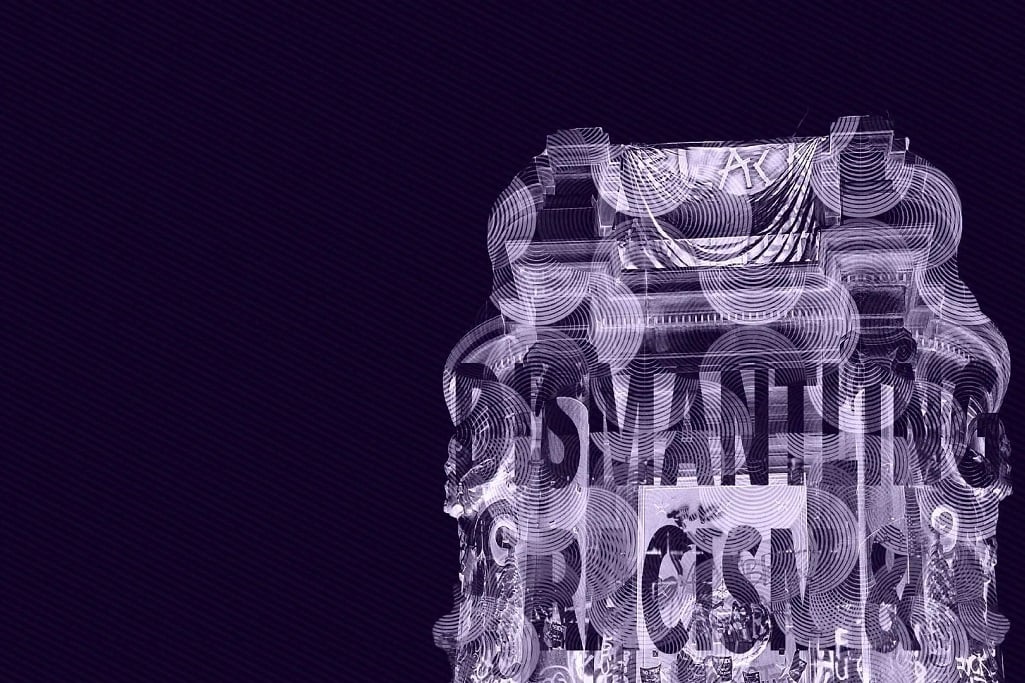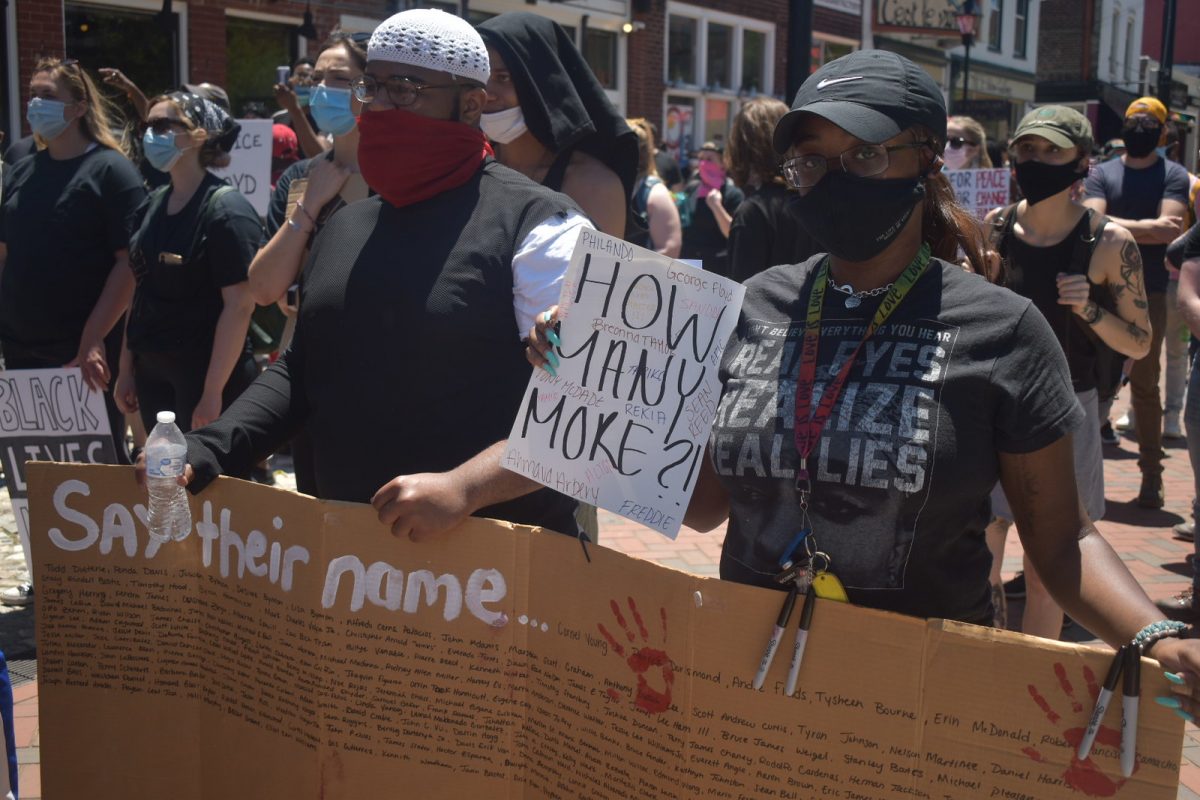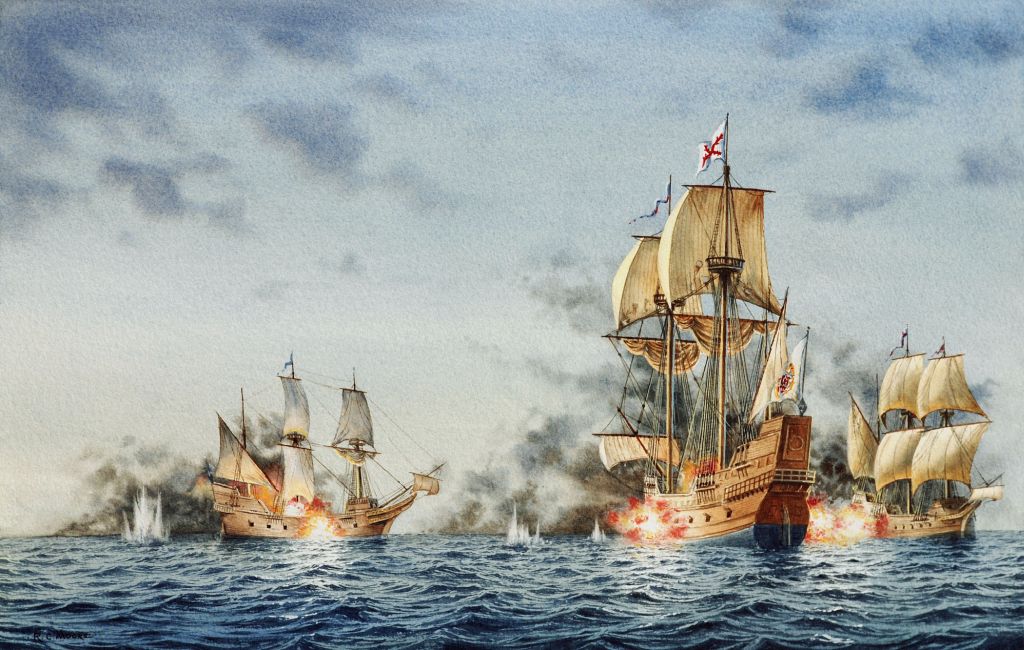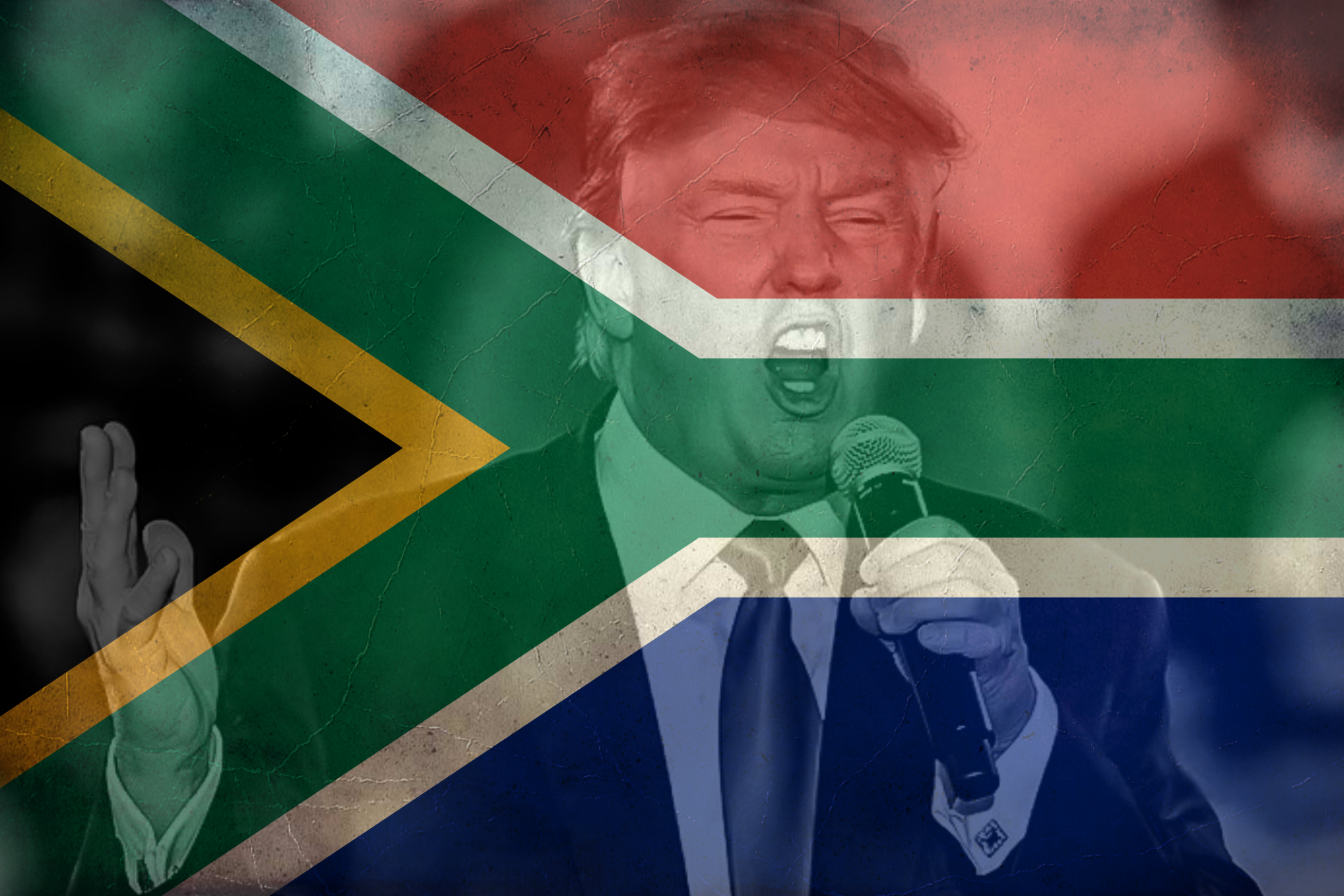A conversation between a Black woman and a white woman on Shifting Power and the need for Radical Imagination in the nonprofit sector. An equitable Richmond would be a place where leaders of color have access to the resources we need to protect the people we love...





